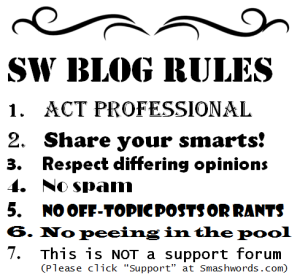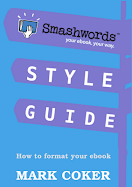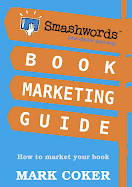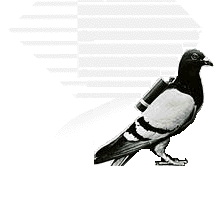 The traditional model for textbook publishing is broken. High college textbook prices are threatening to render college unaffordable to many students and their families.
The traditional model for textbook publishing is broken. High college textbook prices are threatening to render college unaffordable to many students and their families.Textbook price increases have exceeded inflation for the past 20 years. The average textbook can run a student $100 or more, and especially for community college students, the price of textbooks can exceed the price of tuition.
As usually happens whenever business models get out of sync with what's fair and right, free market alternatives soon emerge to remedy the pain. In the case of textbooks, the solution has been the used textbook aftermarket and, more recently, textbook rentals.
Although used textbooks offer students lower prices, the aftermarket denies authors and publishers any additional revenue. In response, publishers accelerate publishing cycles by introducing new versions with little more changed than the page numbers. This hurts students, because they need to shoulder the increased expense. It hurts educators who need to modify their curriculum around the text (how often does a textbook on Microeconomics really need to change?).
Whenever you anger your customer, the customer reacts in creative (and predictable) ways. For some college students, the answer is piracy. College students can find free digital versions of nearly every college textbook, even new ones, via the underground file exchange services. For others, it's the used market.
The current model for textbook publishing is unsustainable for students, publishers, authors and educators.
A Smarter, Fairer Model for Textbook Publishing
Enter Flat World Knowledge. I first blogged about Flat World last year (As I disclosed then and I'll disclose now, my enthusiasm for them is not entirely impartial. I'm a Flat World investor, a former advisory board member, and the PR firm I own, Dovetail, represents them).
Flat World is a publisher of commercial open source textbooks. They offer their professionally produced, peer-reviewed books to students for free online, and then they monetize the books by offering low cost printable downloadable PDF ebooks, digital study aids, audiobooks and low cost print on demand versions.
Instructors are free to modify the texts to suit their exact classroom needs. They can cut chapters, add their own case studies, whatever they want.
Last semester, Flat World books were used by 1,000 students at 30 colleges around the world. The company announced this morning that this Fall semester, 40,000 students at 400 colleges will utilize Flat World texts in their classrooms. In an interesting twist not typical of the traditional textbook sales process, more and more instructors are requesting Flat World books without an intermediary interaction with a sales person. In short, Flat World is taking off, with important implications for publishers of all stripes.
There are several stories out about the news today, with more varied and independent analysis than I can provide here. For your reading and research pleasure, learn more about Flat World here:
BNET, by David Weir - Flat World Knowledge: A Disruptive Business Model
GalleyCat, by Jason Boog - Flat World Knowledge to Reach 40,000 Students This Fall
Publisher’s Weekly, by Jim Milliott - Number of Students, Colleges Using Flat World Knowledge Digital Texts Soars
ReadWriteWeb, by Dan Oshiro - Open Textbooks Gaining Ground: Flat World in 400 Colleges
Teleread, by Paul Biba - Flat World’s textbook sales show huge increase
VentureBeat, by Camille Ricketts - Open-source textbook co. Flat World goes back to school with 40,000 new customers
Wired, by John Abell - Open Source Textbook Company Now BMOC At 400 Colleges
ZDNet, by Dana Blankenhorn - Some 40,000 college students studying on a Flat World
InformationWeek, by Serdar Yegulelp - Flat World: Freemium Made Workable
Click here to visit the Flat World Knowledge web site.










%20(1).png)












No comments:
Post a Comment